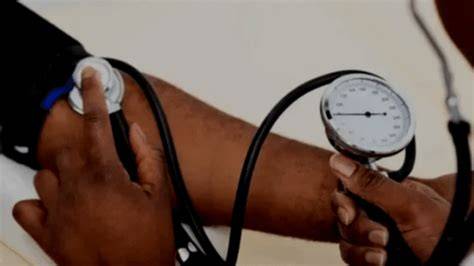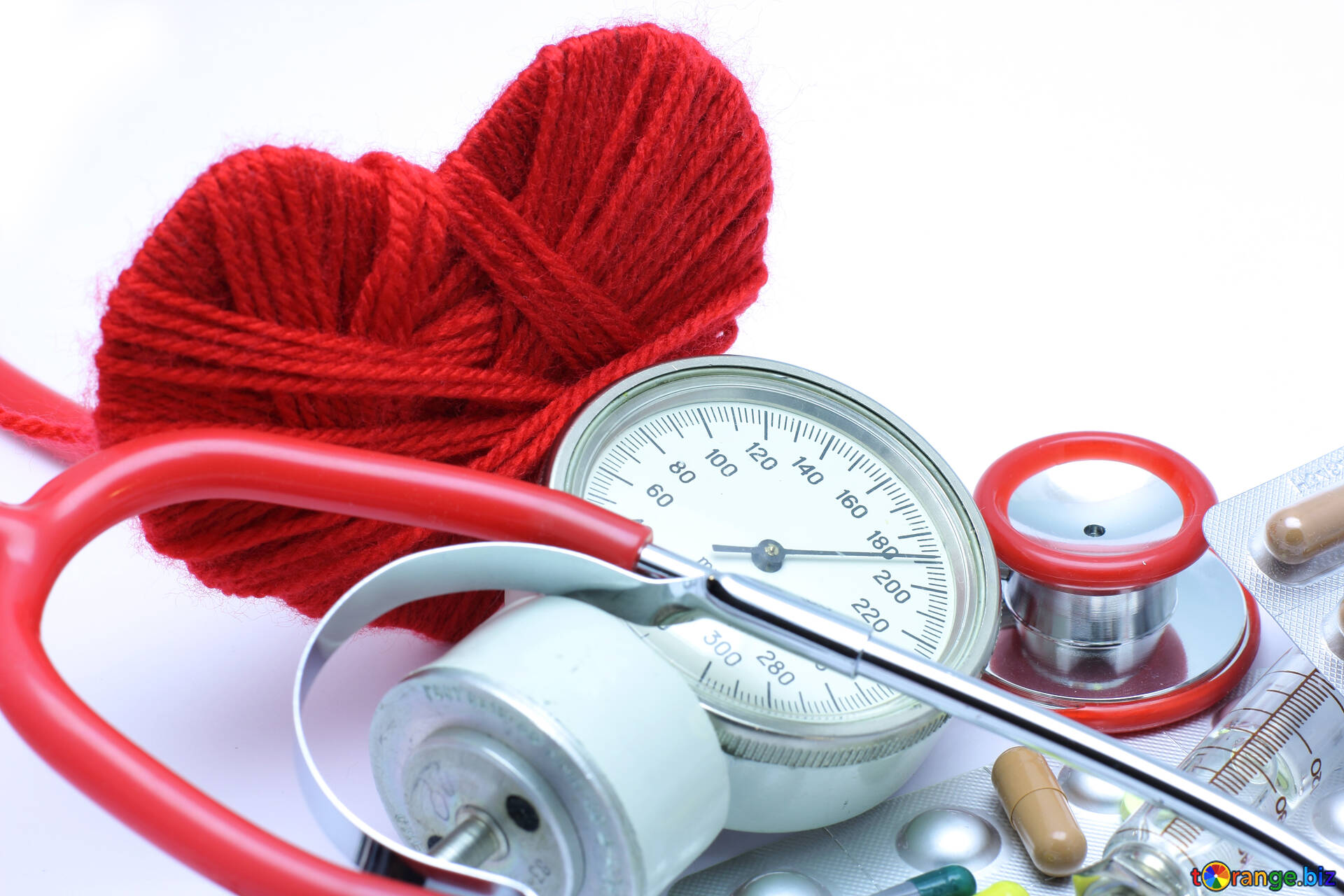Why Hypertension is a Major Health Threat to Adults
The Silent Killer: The Devastating Impact of Hypertension on Adults in Developing Nations

Hypertension is one of the leading causes of death in Nigeria and in most developing nations at the moment, especially for people above thirty. It is commonly referred to as high blood pressure. Hypertension is a medical condition characterized by continuous high blood pressure in the arteries. Hypertension causes the body to be affected negatively, especially through cardiovascular diseases like stroke, heart attack, and kidney-related ailments. This means that hypertension is a very dangerous medical condition that can lead to a person’s death instantly if it is not well managed.
To understand hypertension properly, you’ve to understand the medical terminologies linked to the medical condition. You need to understand blood pressure, blood flow, how it works in the body, and how it can lead to high blood pressure.
What is Blood Pressure?

Blood pressure is the force exerted by blood on the walls of the blood vessels in the body as they circulate blood throughout the body. This pressure can be high or low. Blood is essential for life, and so, it has to be pumped by the heart and circulated throughout the body by the blood vessels.

Blood pressure is measured in millimetres of mercury (mmHg). Measurement of blood pressure consists of two values—systolic and diastolic pressures. The systolic pressure is the higher value that represents the pressure in the arteries when the heart beats, while diastolic pressure is the lower value that represents the pressure in the arteries between beats. These two values are often measured and presented together for full medical evaluation.
What is High Blood Pressure and Low Blood Pressure?r
The normal human’s blood pressure is between 100/80-89 mmHg to 129/80-89 mmHg. Thus, when the blood pressure of a person is higher or lower than this, it calls for serious concern. High or low blood pressure is a very serious issue for anyone. If noticed, the person should seek medical condition immediately. Therefore, the body has to be within the range of normal blood pressure at all times.
High blood pressure, also considered as hypertension, is when the blood pressure of the body is high or too high. If the blood pressure of a person is up to 130/80-89 mmHg, or more than, then it is high. There are different levels of severity of blood pressure.
On the other hand, low blood pressure, also known as hypotension, is when the blood pressure is low and below average. The body experiences hypotension if the blood pressure of an individual is below 90/80-89 mmHg. Hypotension is also another serious medical condition.
What are the different levels of hypertension?
There are Stage 1 and Stage 2 levels of hypertension
Stage 1 Hypertension
This is when the blood pressure is moderately high between 130 – 139/80 – 89 mmHg. This is dangerous and can be tackled efficiently if discovered and handled on time.
Stage 2 Hypertension
This is the second and higher stage of hypertension. It is very dangerous. The person who has this stage of hypertension has to be provided with medical assistance as quick as possible. This stage occurs when the blood pressure is above 140/89 mmHg.
The most shocking fact about hypertension is that it can result to a person’s death or severe health deterioration very fast, especially in developing nations in Nigeria. The lack of adequate health facilities and personnel makes the matter worse in Nigeria’s case. A large number of Nigerians lose their lives as a result of hypertension annually.
Why Hypertension is very dangerous in Developing Nations in the World

1. The healthcare systems of most developing nations are below standard with poor health facilities, poor funding, and limited healthcare professionals.
2. According to the World Health Organization, an estimated 1.3 billion people, aged over thirty, have hypertension. Two-thirds of this population live in developing countries. This means a resident of a developing nation is twice likely to be hypertensive than people in developed nations.
3. More than 40% of hypertensive adults are unaware that they are hypertensive. In Nigeria’s case, it is mostly when they suffer cardiovascular complications that they realize they are hypertensive.
4. The high level of self-medication and home treatment prevents the early detection of most hypertensive patients.
5. Only 1 in every 5 hypertensive patient has the medical condition under control.
6. WHO asserts that hypertension is the major cause of premature deaths around the world, especially in developing nations.
Conclusion
Hypertension is a very serious medical condition that can cause a person’s death instantly. When managed properly, hypertension can be controlled and monitored to prevent cardiovascular ailments. In Nigeria and other developing nations, it is a major cause of most premature deaths. Thus, it is important every Nigerian, aged above thirty, constantly goes for check-up for blood pressure monitoring and management to prevent untimely death.









